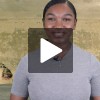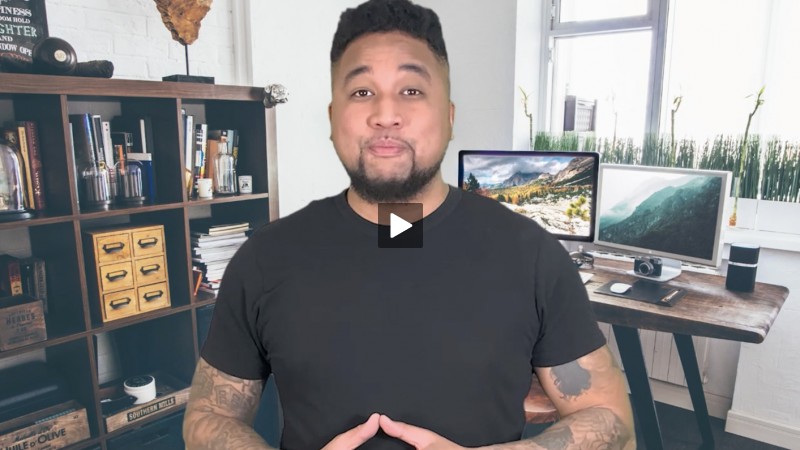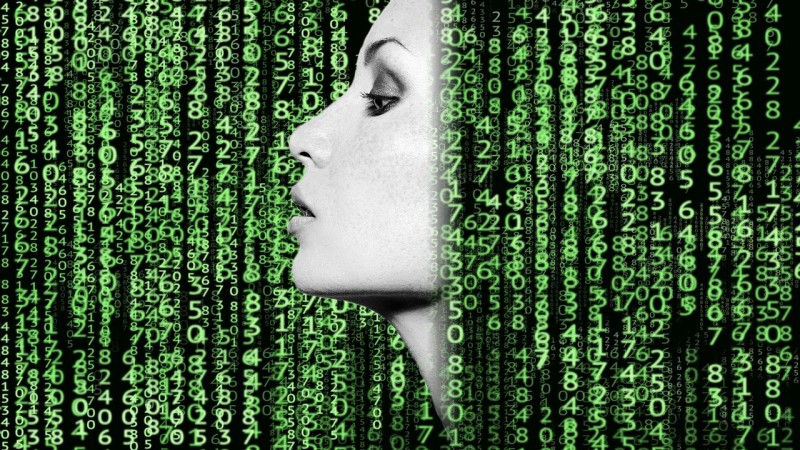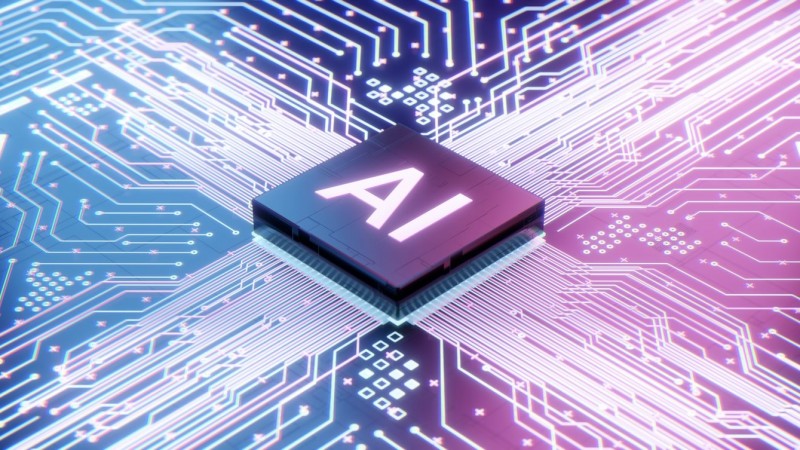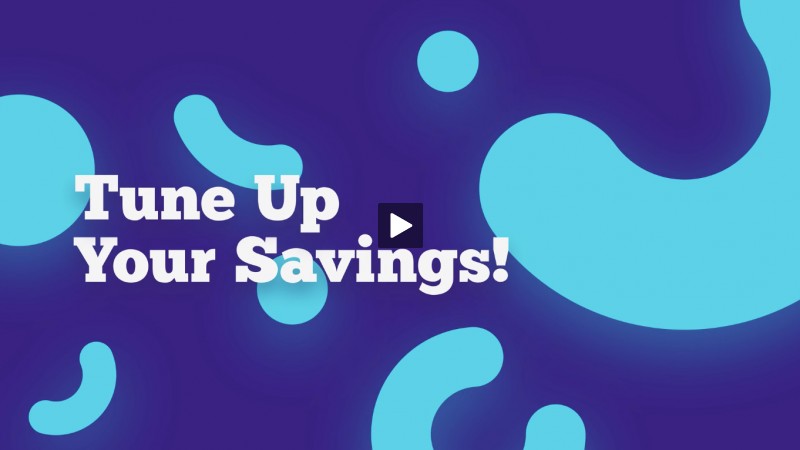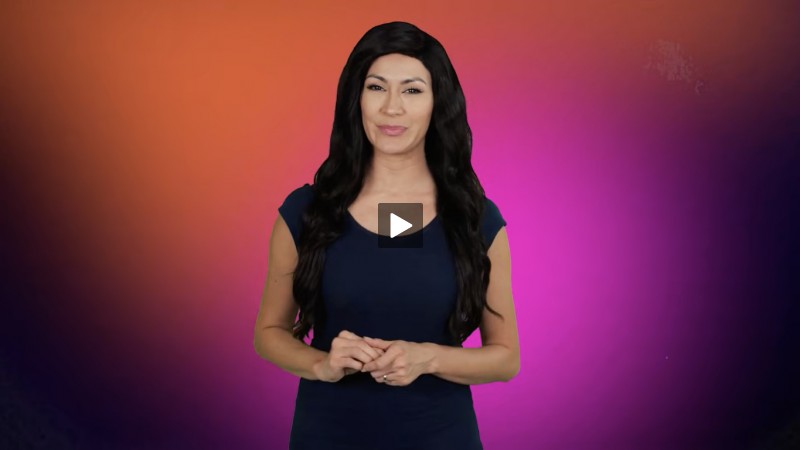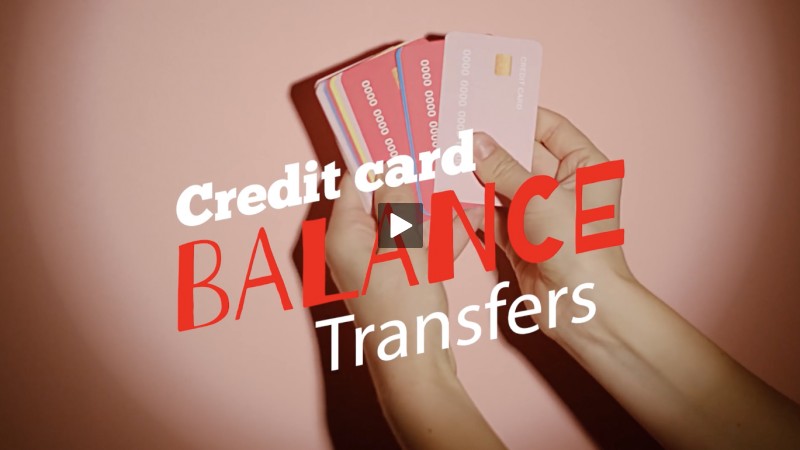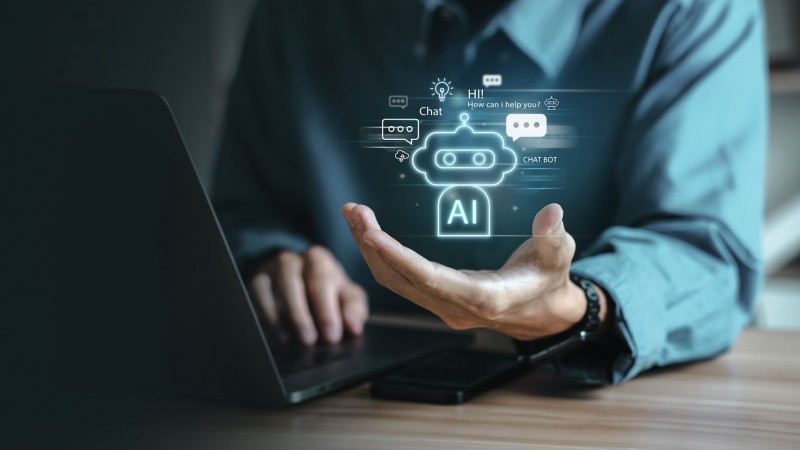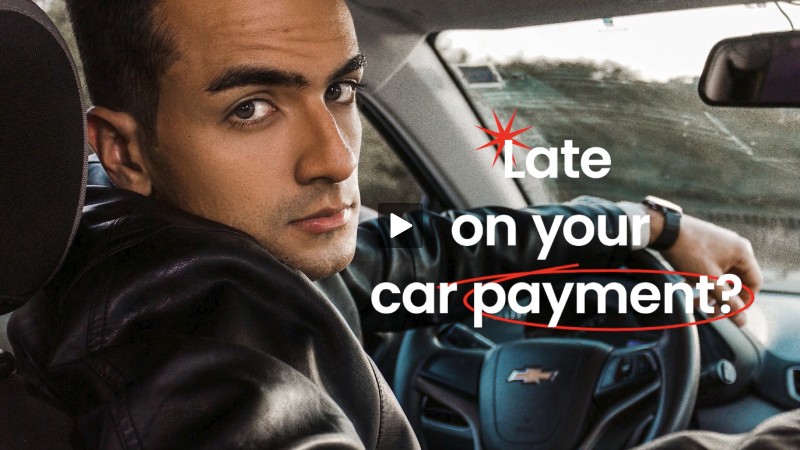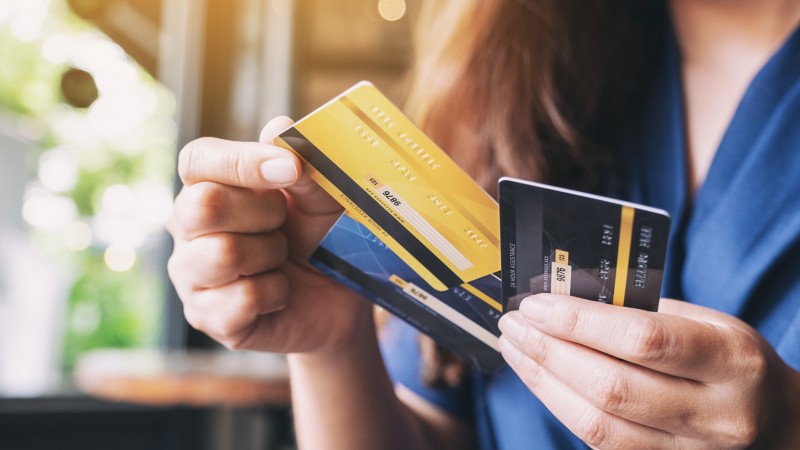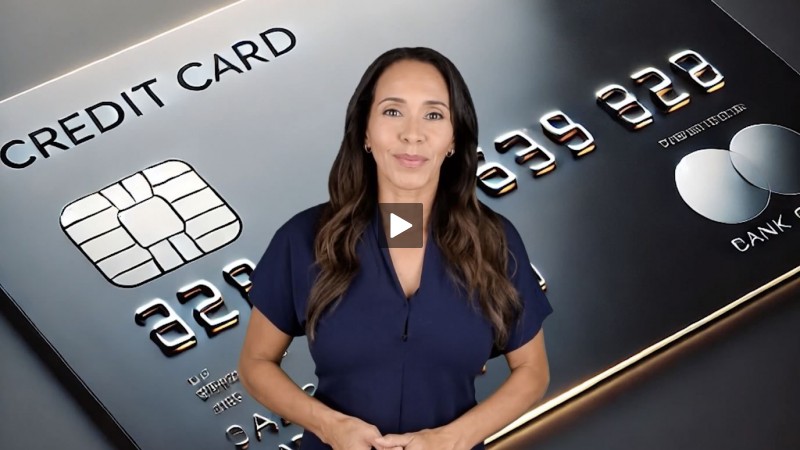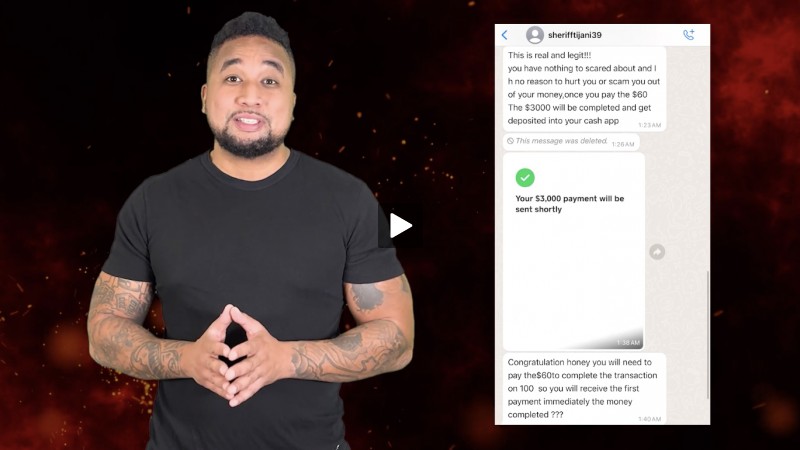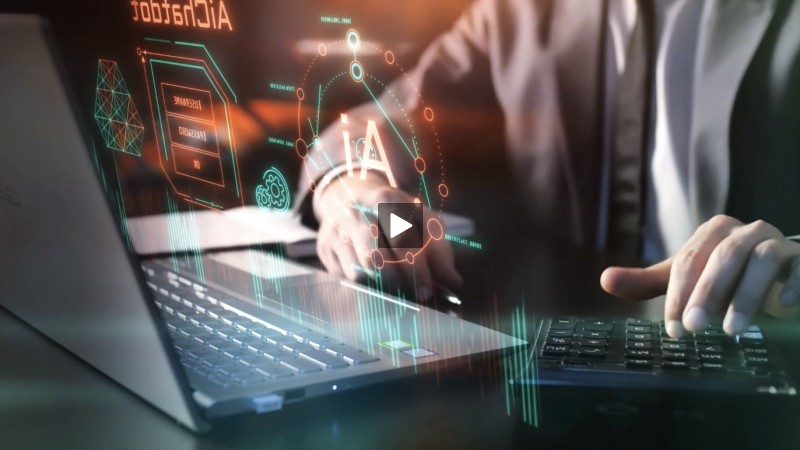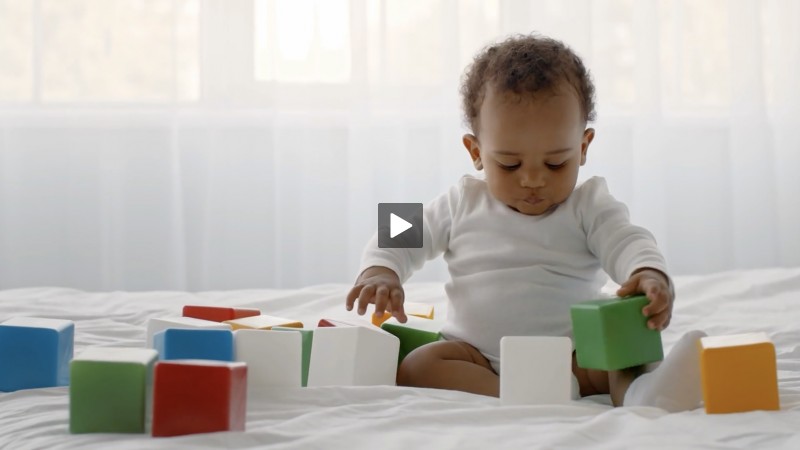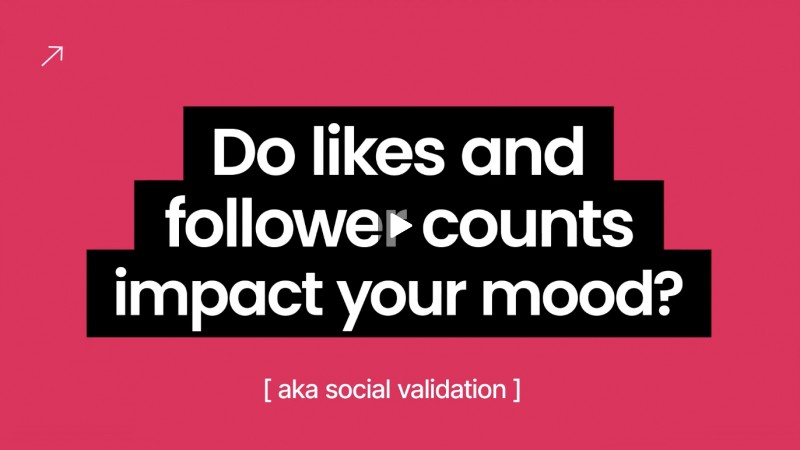Learn to Recognize Deepfake Videos
- Detalles
- Escrito por Will from Holland
- Categoría: Articles
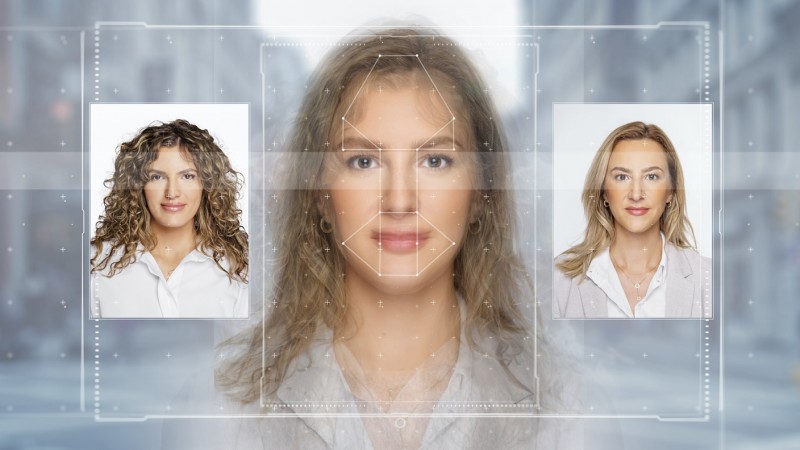
Ever encountered a "DeepFake" video? Chances are you've seen one, but you didn't realize it was fake.
Deepfake videos can do real damage to a good person or a good organizations' reputation—and once the damage happens, it's hard to correct.
Deepfake videos can do real damage to a good person or a good organizations' reputation—and once the damage happens, it's hard to correct.
That's why you need to know about deepfakes right now.
According to [this specific dictionary], A deepfake video is "a recording that has been convincingly altered and manipulated to misrepresent someone as doing or saying something that was not actually done or said."
Here's my definition:
"A deepfake is a video that is so perfectly altered, anyone will have trouble knowing its fake. These videos aim to trick you into believing a message that is untrue and often harmful."
In deepfakes, the subject of the video can be altered to deliver any message. Changes are done subtly enough that they are hard to detect. Changes like mouth movements, adjusting their voice, and mannerisms all changed slightly to give the video and its message more authenticity.
How can that happen? Technology. Computers gather all the information on a person (and that could include you), and use artificial intelligence (also called deep learning) to bring that person alive: you could have a politician saying things which that person would never say. Since these deepfake videos are so dangerously deceptive, they're illegal in Virginia, Texas and Cali, but more states are working on legislation around deepfakes.
Deepfakes used to be easy to spot, but not so much anymore...
Spot a Fake Video
So how do you make sure you don't fall for a fake video?
First, look for visual cues:
- Sometimes a person's mouth in deepfakes makes unnatural movements or does not move in sync with the rest of the facial expression.
- Another clue may be that the person in a video never blinks.
- At times, you may see faded pixels (that can happen when altering the video image).
Second, always look at the source of the video:
Is the source a known organization (like a news channel) or is it posted where just about anyone can post anything? Is it in a chat? Chats are notoriously iffy when it comes to accuracy.
Third, do deep homework:
Use a search engine to check out the source. For instance, "Google" the posting person's name and organization. Learn more about their background and see if you can understand a potential motive for posting.
Fourth, look at the other places this video is posted:
Drop the video name in your search engine and see what happens. If multiple sources posted the footage online, do some homework on those resources. Who's reposting or sharing this? Can you track the video back to responsible or reliable people or organizations?
Can Software Help Us?
Can software help us tell deepfake from real? Not yet. But good people are working hard to develop software that can detect deepfakes.
The University of Buffalo, for instance, has developed a technology that looks at the reflection in the eyes of a person in a video. The researchers found that when dealing with a real video, the reflection in both eyes is the same. The reflection between eyes is different in deepfakes.
The technology was 94% effective in photographic images, but unfortunately, it's more difficult in videos, so we can't count on that as yet.
For now, when it comes to unknown videos on the web, make healthy skepticism a habit using the above tips!
And p.s. that's FoolProof's motto.
Good luck!






